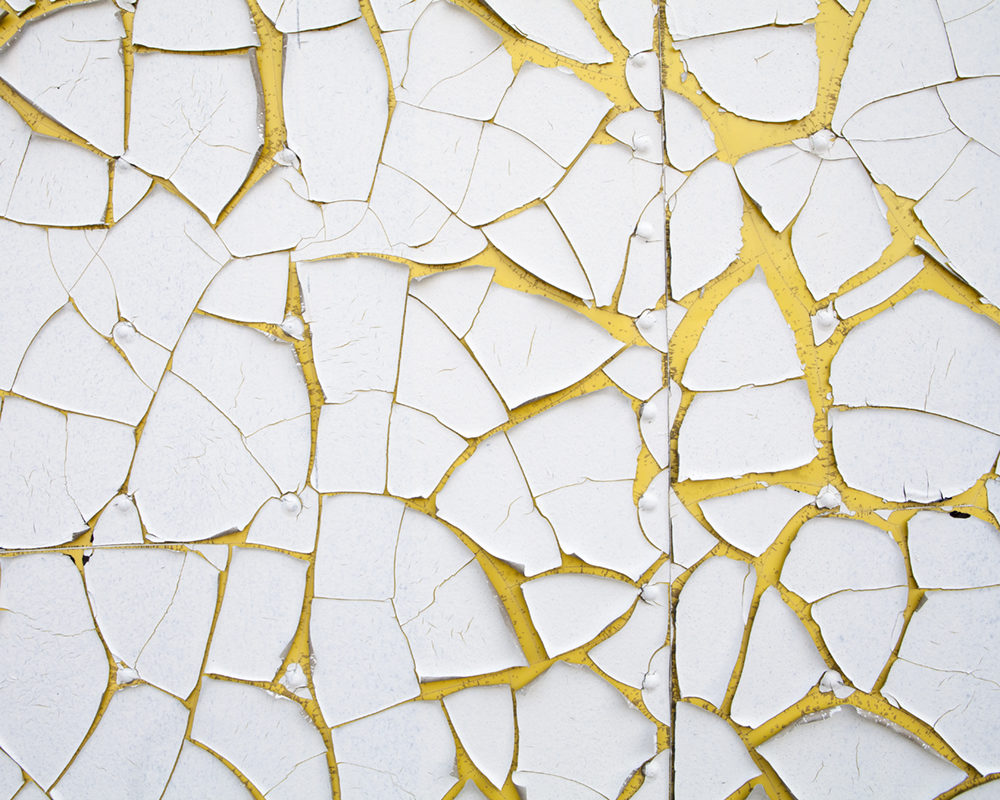
NEW: CLICK HERE FOR DOCUMENTATION OF THIS PROJECT.
On Saturday, October 14, I will be debuting a new solo alias called If/When and present an installation and live sound performance called “Pigments” at the Kunstraum 34 in Stuttgart. The event is taking place in coordination with a city-wide cultural event called Stuttgartnacht and as part of the finissage for artist Anabella Spielmannleitner‘s show Whiteout. Details and a description of the project follow.
If / When: “Pigments”
October 14, 2017
7:00 PM
Kunstraum 34
Filderstrasse 34, Stuttgart
Event listing
Born in Nürtingen in 1840, Gustav Siegle became a prominent Stuttgarter in the late nineteenth century due to his success in business and engagement in politics and social affairs. In 1863 he took over management of the family chemical factory, and developed it into a successful production facility for aniline pigments. Located in Stuttgart-West near the intersection of Rotebühlstrasse and Hasenbergstrasse, the firm merged with BASF in Ludwigshafen in 1873, with Siegle eventually becoming a member of its board of directors. Later, he re-established the independence of G. Siegle & Co, though in 1970 it was finally ingested by the chemical behemoth. Siegle died in 1905 and his remains now lie in the Fangelsbachfriedhof, located just steps from Kunstraum 34. The original factory was torn down and traces of its previous existence have largely disappeared. The site is now home to the Kaufmännische Schule 1 and Wirtschaftsgymnasium West.
In an effort to expand its business into the American marketplace, G. Siegle & Co. opened a factory in the Rosebank neighborhood of Staten Island, New York (a borough of New York City) in the early 20th century. As a result of American suspicion of German nationals during World War I, however, the United States government seized the complex from its owners and parceled it off to an American company. The factory continued producing pigments until 2008, when the Sun Chemical Company closed it for good on account of plummeting profitability. It was subsequently bulldozed and the large lot currently sits vacant, covered by layers of dirt and stones, awaiting the construction of new condominiums.
“Pigments” uses these distant locations and their intertwined histories as a point of departure for a sound performance and mixed media installation at Kunstraum 34 in Stuttgart. Field recordings were recently made in both locations and the sounds were edited, processed, and are mixed live in the gallery space. The performance also includes photographs made during the course of these scouting trips, as well as a set of computer-generated projections that extract pixel color values from the photographs, combining and recombining pigments from the current sites in real time. Finally, texts from the New York Times and Der Spiegel written at the times of the two factories’ declines invite speculation about the impact of company politics, global capital, city development, and environmental damage on urban communities and the people who live and work there.